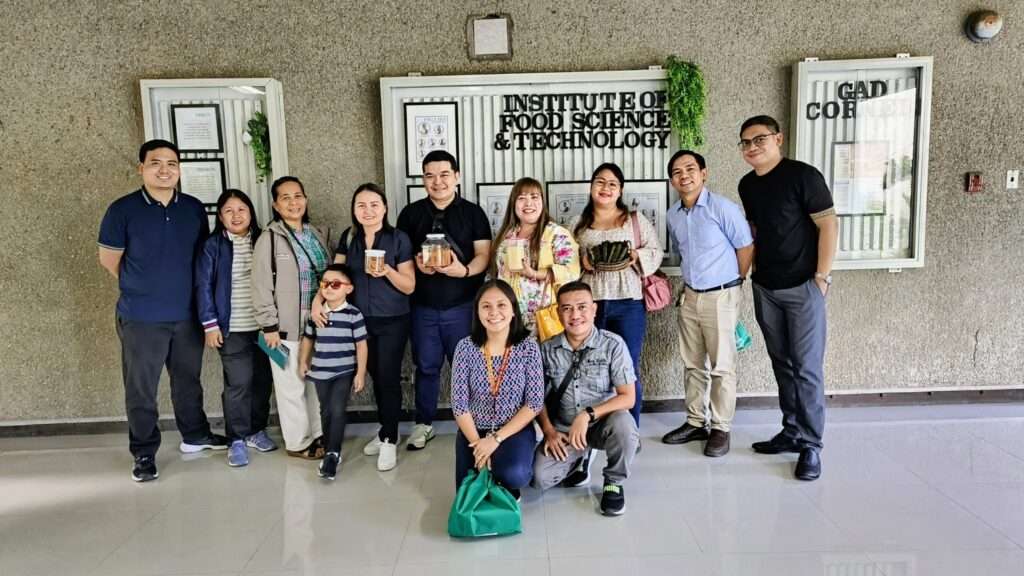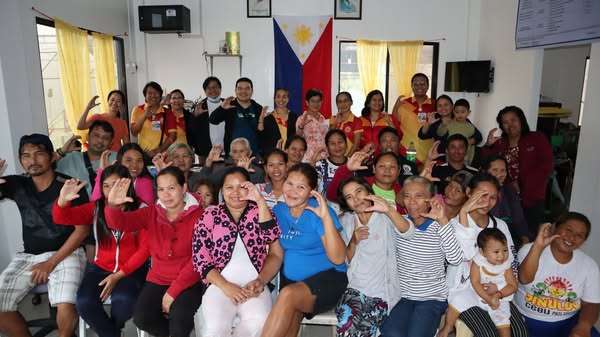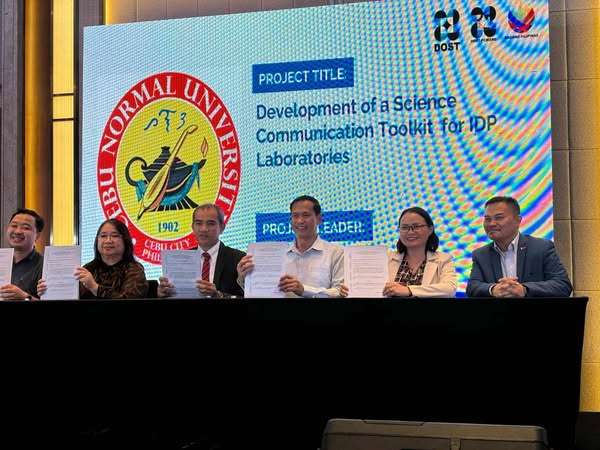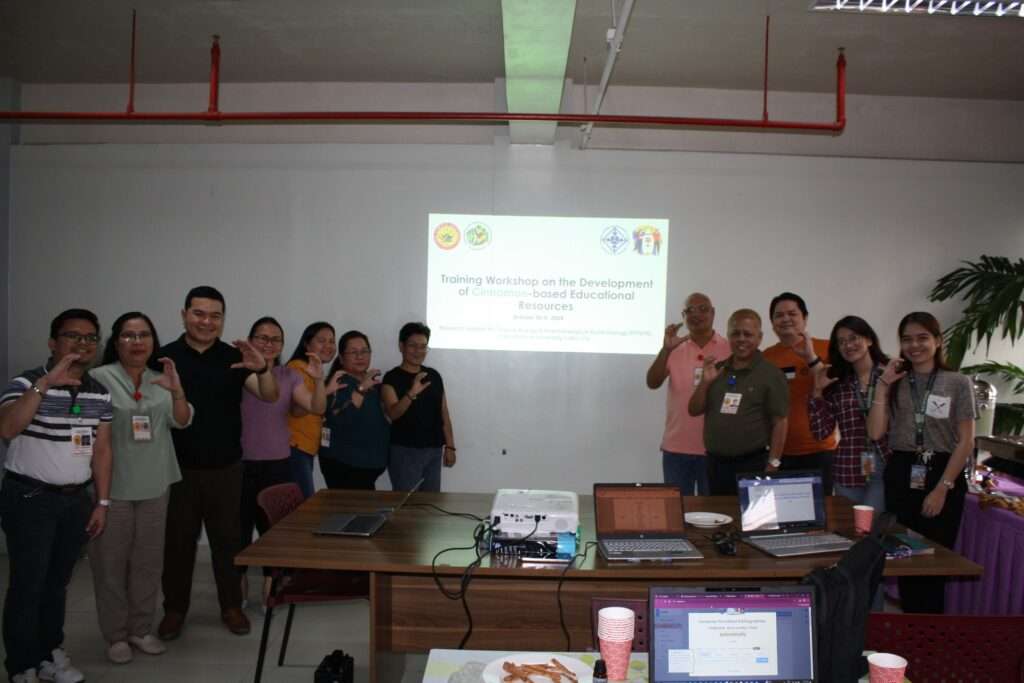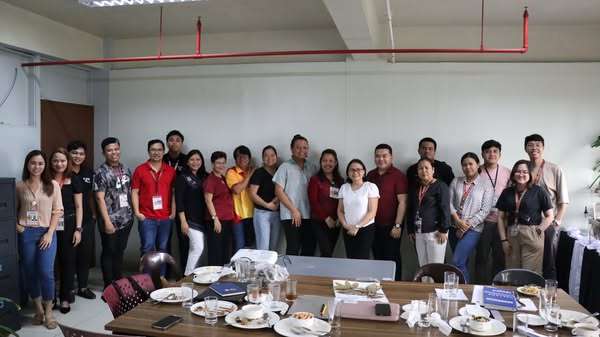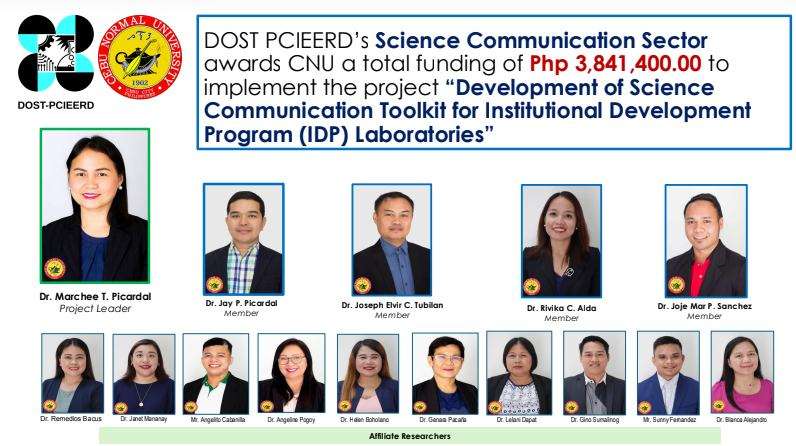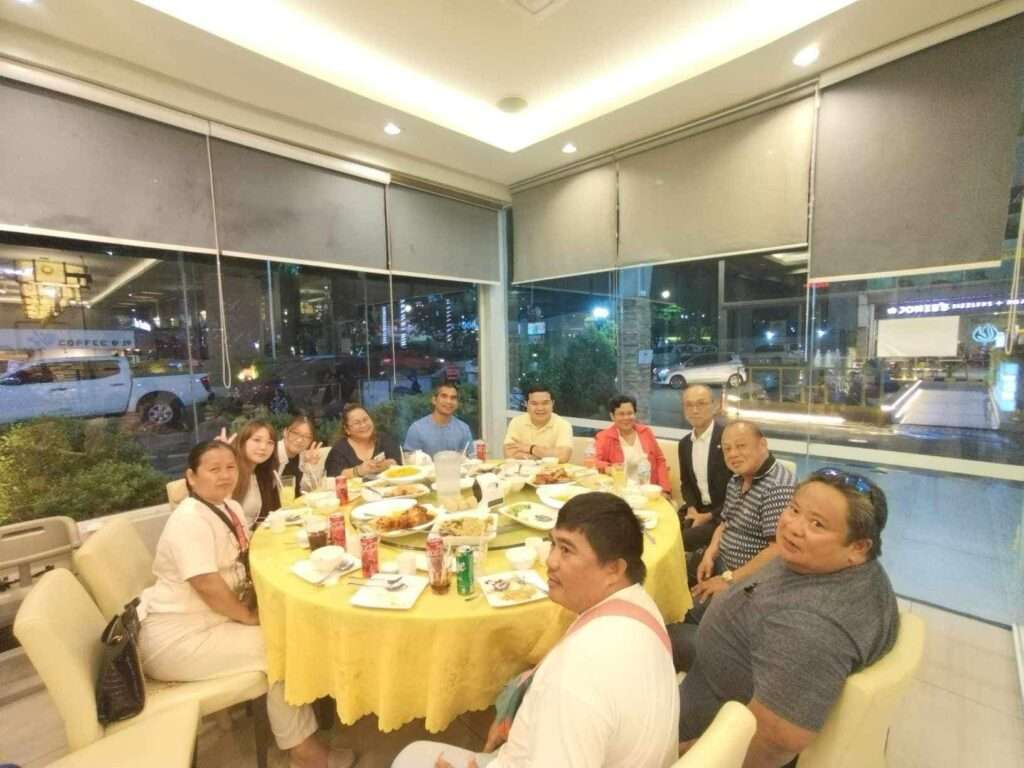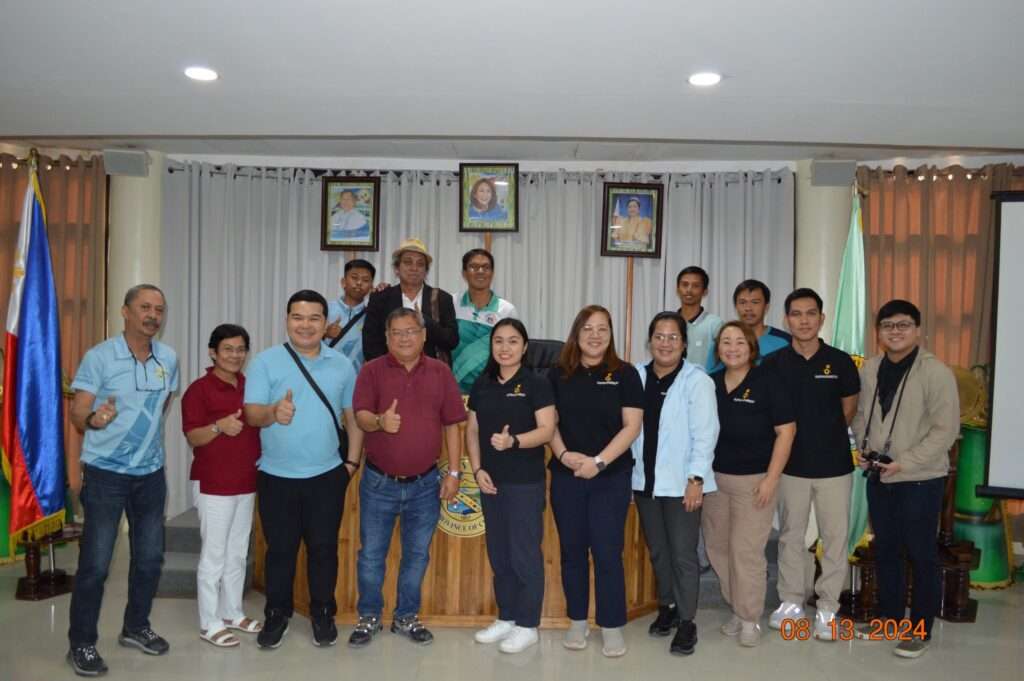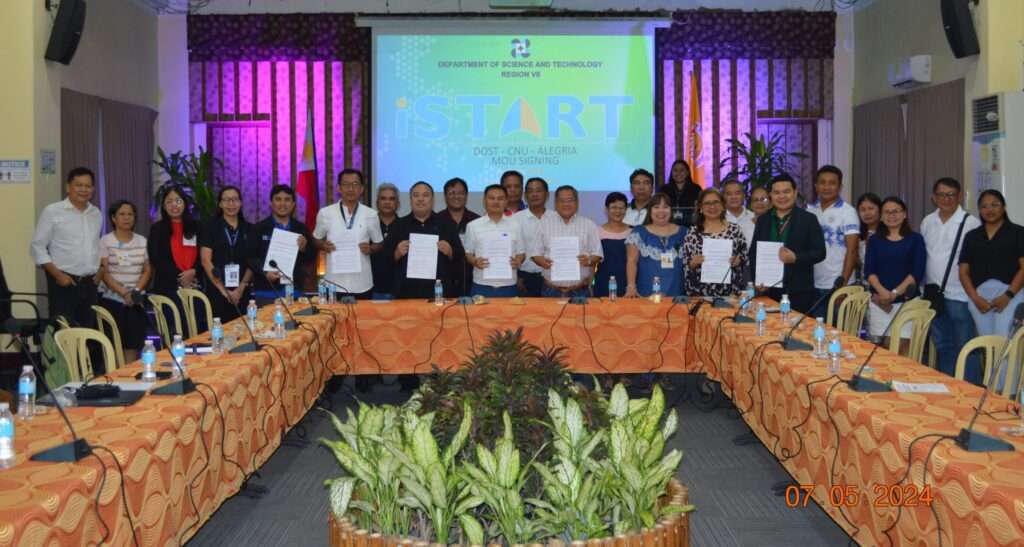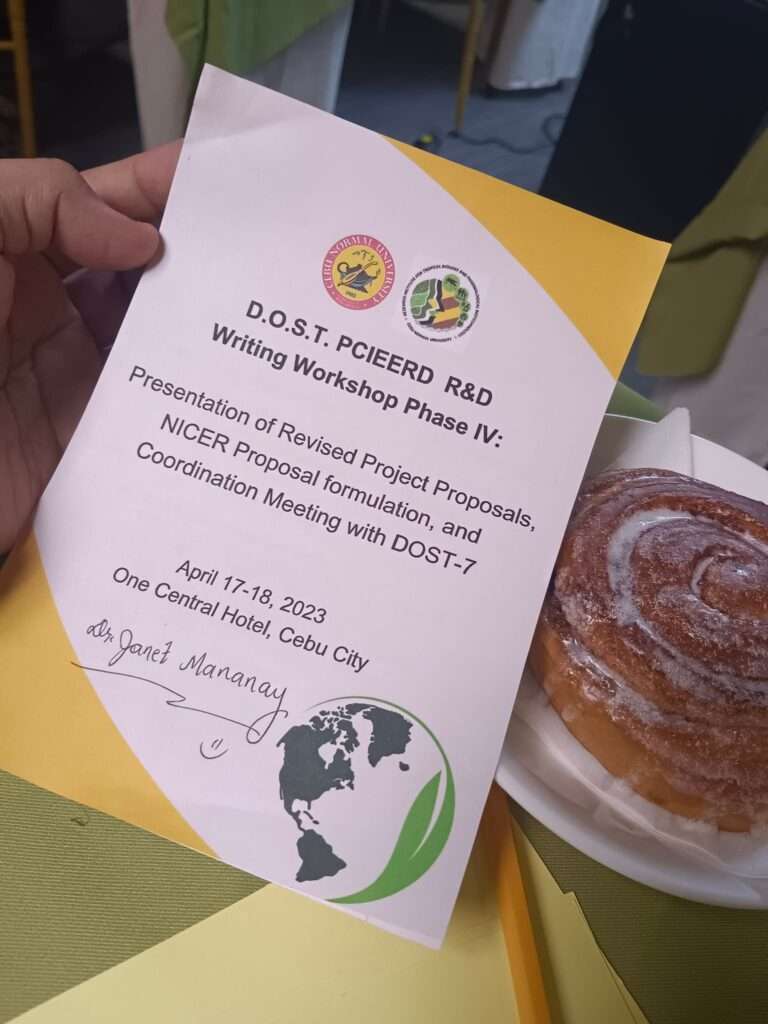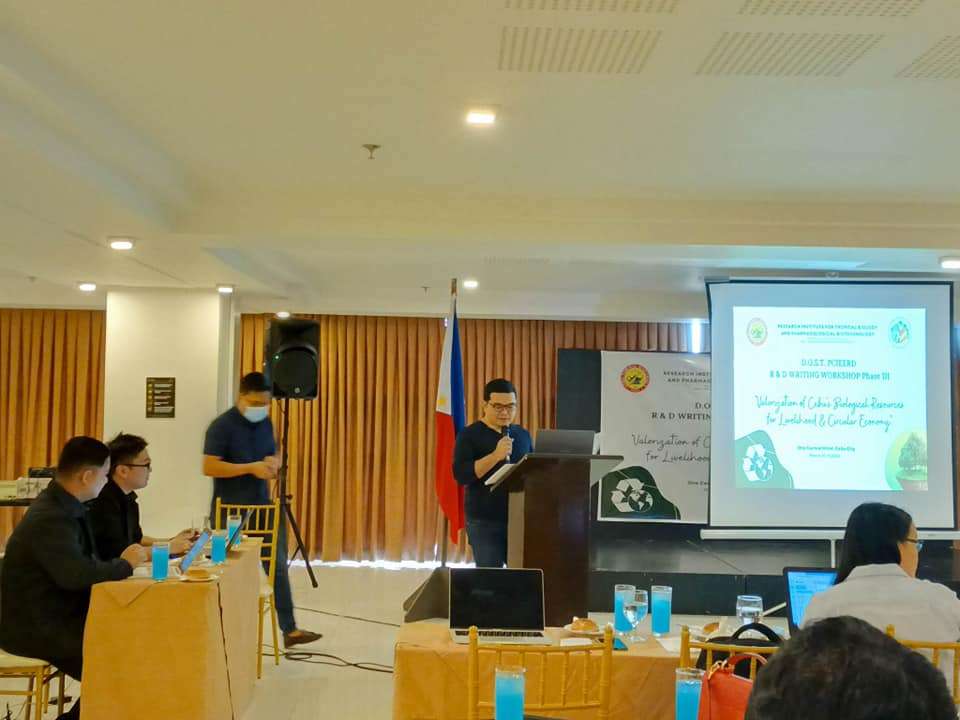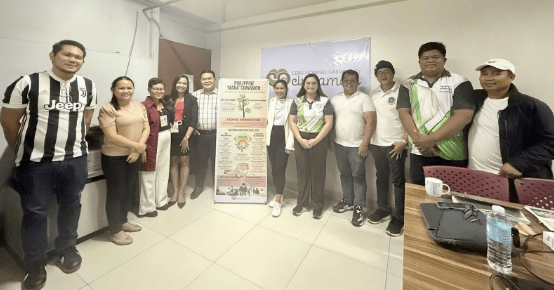
Goals
1.To enhance understanding on tropical biology and pharmaceutical biotechnology aimed at generating new knowledge, and explore applications of the knowledge generated;
2. To become a resource center for tropical biology and pharmacological biotechnology information and education;
3. To facilitate the process by which new research results and home-grown technologies are transferred to niche industries;
4. To provide expertise through consultancy in research, policy formulation and evaluation, analytical services, and environmental monitoring.
Objectives
Conduct and publish novel and cutting-edge researches in tropical biology and pharmacological biotechnology;
Enhance research capability and expertise through internationalization of the institute
To develop patentable technologies and innovations that contribute to national development;
To regularly publish Information, Education and Communications materials on emerging technologies on tropical biology and pharmaceutical biotechnology relevant to teaching and learning at different academic levels;
To conduct training, seminar and workshops on emerging technologies, techniques and tools in tropical biology and pharmacological biotechnology;
To create linkages with niche industries for marketing and utilization of research results and home-grown technologies;
To extend expert services on the following areas:
1. basic and advanced research
designs, protocol and implementation;
2. formulation and evaluation of
public policy relating to tropical
ecosystems and pharmaceutical
biotechnology; and
3. environmental monitoring and analytical
services.


